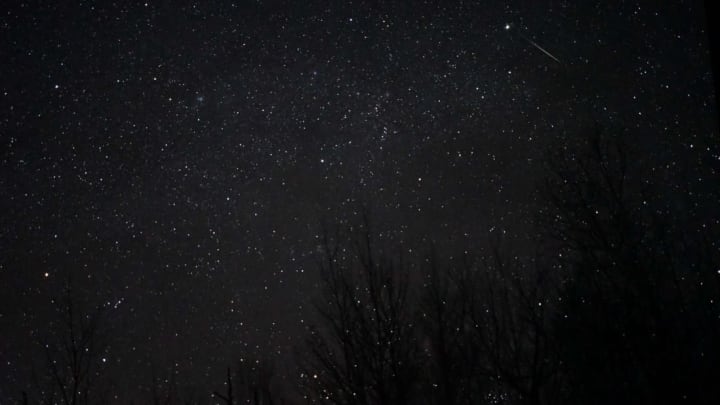The year is approaching its end, but there are still plenty of meteorological events to look forward to in 2020. The Leonid meteor shower will light up skies in November, and thanks to conditions during its peak, it may be one of the more visible showers in recent months. Here's everything you need to know about catching the spectacle.
What is the Leonid Meteor Shower?
The Leonid meteor shower lasts from November 6 to the 30th, and it's expected to peak this year on the night of Monday, November 16, and early in the morning of Tuesday, November 17. The shower's name comes from Leo, the constellation the meteors appear to radiate from when they streak through the night sky. The Leonids really come from Comet Tempel-Tuttle; as Earth passes through the comet's tail, debris burns up in our planet's atmosphere, creating a dazzling shooting-star effect.
How to See the Leonids
The Leonids' peak follows the new moon on November 15. Against the dark night sky, the meteor shower will be especially visible, definitely making it worth the trip to your backyard. If skies are clear, you can expect to see up to 15 meteors an hour on the night of the 16th and morning of the 17th.
When searching for the shooting stars, wait for them to originate from the Leo constellation. The darker your area is, the easier it will be to spot them. It also helps to give your eyes 15 to 20 minutes to adjust to the dark to increase your chances of seeing something.
